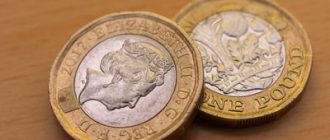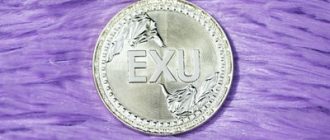When it comes to SEO (Search Engine Optimization) there are three types of optimizing websites: content, structure and structure. Let’s look at each of these in detail.
Content optimization:Evaluate your SEO content. Does it rank in the top 10 results? If not, then you know you need to do some work here. It’s better to do one thing at a time, and one trick at a time. Say you’re a plumber in Green Bay, WI. You have a site dedicated to growing organic vegetables (or vegies, as we fondly call it), or growing vegies.

There are several key aspects of SEO related to content. The first aspect of optimization includes the Meta Description tag. You want to include the keywords that you used in your content’s title, subtitles and text. Here are a few tips you’ll want to use when creating a meta description:
1. Make your meta description compelling – people WILL click on it because they want to know what’s in it for them2. Make sure your meta description includes targeted keywords that are found in your content.3. Start your meta description with the targeted keyword phrase that you want ranked, then repeat the term at least 3 times with no more than 3 different keywords, separated with commas. As you can imagine, more than three of these terms will overpower the meta description.4. Don’t try to stuff longer keywords into your meta description but you can; label your long tail keywords to make the title more user friendly. Use the title and the short tail terms that you’ve identified as search terms with a high conversion rate.5. Try to use the keyword phrase in the first two lines of your meta description.
Sructure optimization:The best way to build your website is to start at a common foundation to start. What do you need to do?
• The 301 redirect – use the 301- 302 protocol to redirect SEO-404 visitors to the content that they need to see.- Change the TITLE (or based on your industry) for every page- Create optimized sitemap and robot.txt files- Make sure that all of your pages link to each other
URL Structure Optimization:The keywords in the page URLs are critical as well. To do this, you have to use hyphens to separate words, especially in the domain name. This will help search engines search the URL’s contents. One of the main reasons for using SEO friendly URLs is to simplify matters for users. Usability is one of the dominant reasons to use HTML. It also makes it easy for the search engines. The best way to do it is to use a descriptive url structure, so the search engines know which keyword you’re optimizing for. Start by using the same Google URL operator that you used before to find out best URL Structures:
Check outhttp://www.seochat.comused as an example of a great SEO friendly URL:[http://www.seochat.com/seo_url] /seo-url$.
Make sure that all of your pages use the keyword phrases that you’re optimizing for. If not, then you’re just optimizing for the wrong keywords. Now, on each of your pages you’re going to create text links that contain targeted keywords. For instance, if you wish to optimize to the keyword phrase “se insure” then it would be helpful to have those keywords as text links within your content. All links should be relevant to the content of the page and contain anchor text that both contains your targeted keyword phrase and links to the specific page. Don’t go over board; any other type of text that doesn’t fit the flow of the page shouldn’t be used. Also, you’re going to want to use unique anchor text for each page.
HTML tags such as, bolding, italicizing, etc. these are just a part of the magic of SEO. These tags separate specific text from content. For instance, you could use a request to rank for the keywords “se insurance” perhaps as the class of text, “se insurance company” or possibly as-is. I always start to put these words in bold text, italicized and/or when dealing with navigation buttons if they’re buttons. Don’t go crazy; just a healthy amount of extra for each page is enough for good rankings.
Other places to use HTML tags are:
1. Page Title – one of the most important tags, don’t make it too long.
2. Meta Description – the meta description uses unique and relevant words and phrases to describe your content. It should also include the targeted keyword or keyword phrase.
3. Headings – you might consider using tags, especially for keywords and tags.












